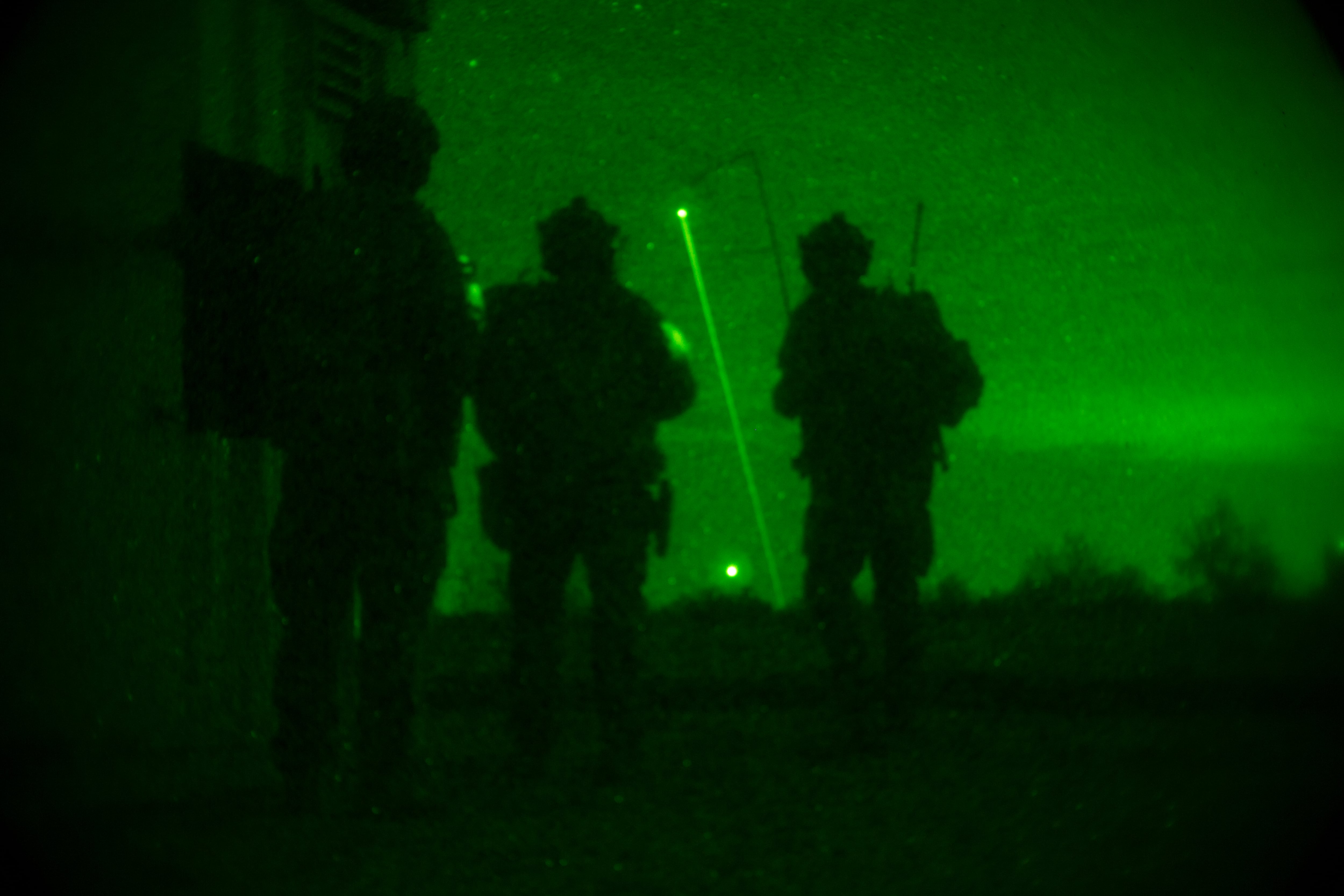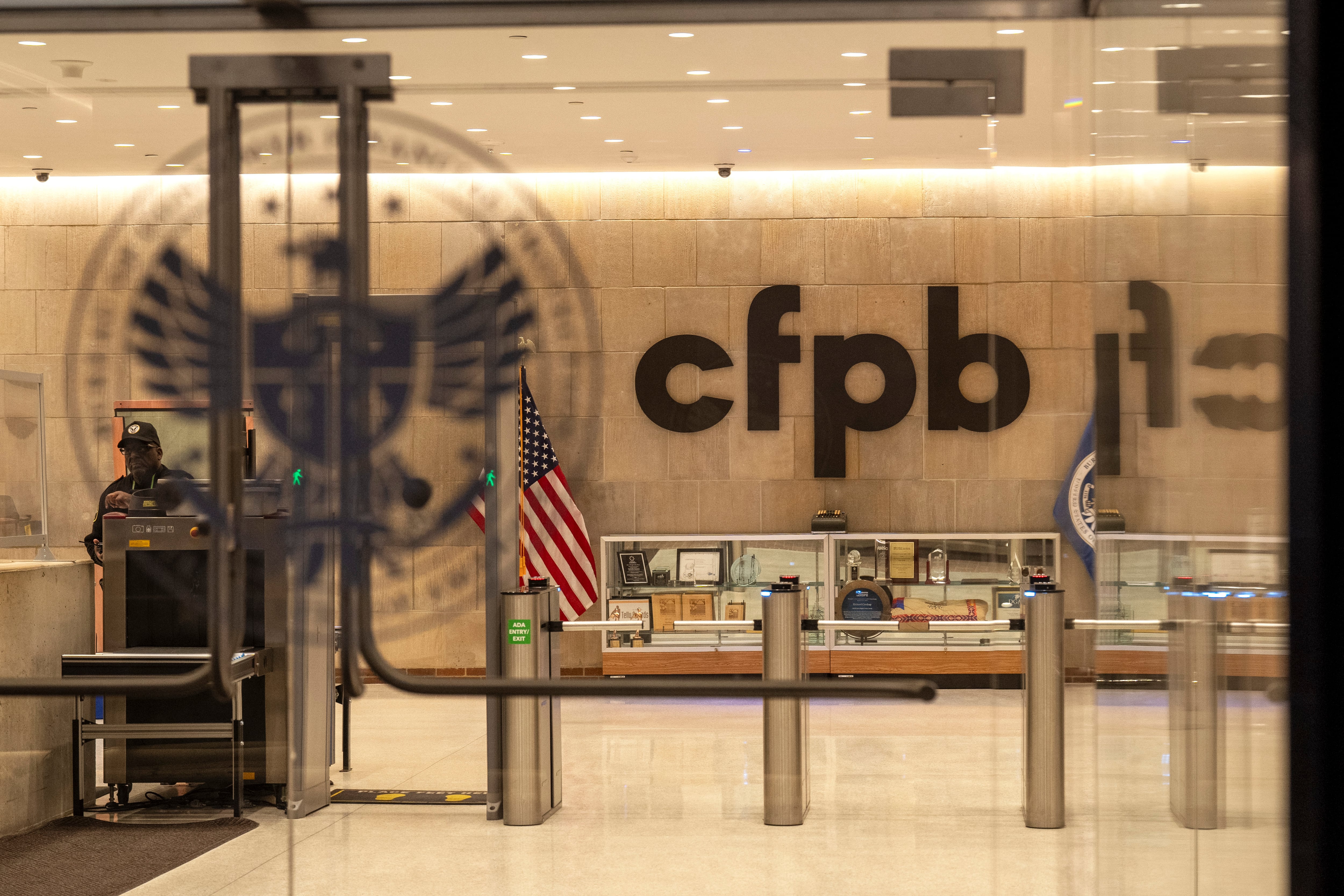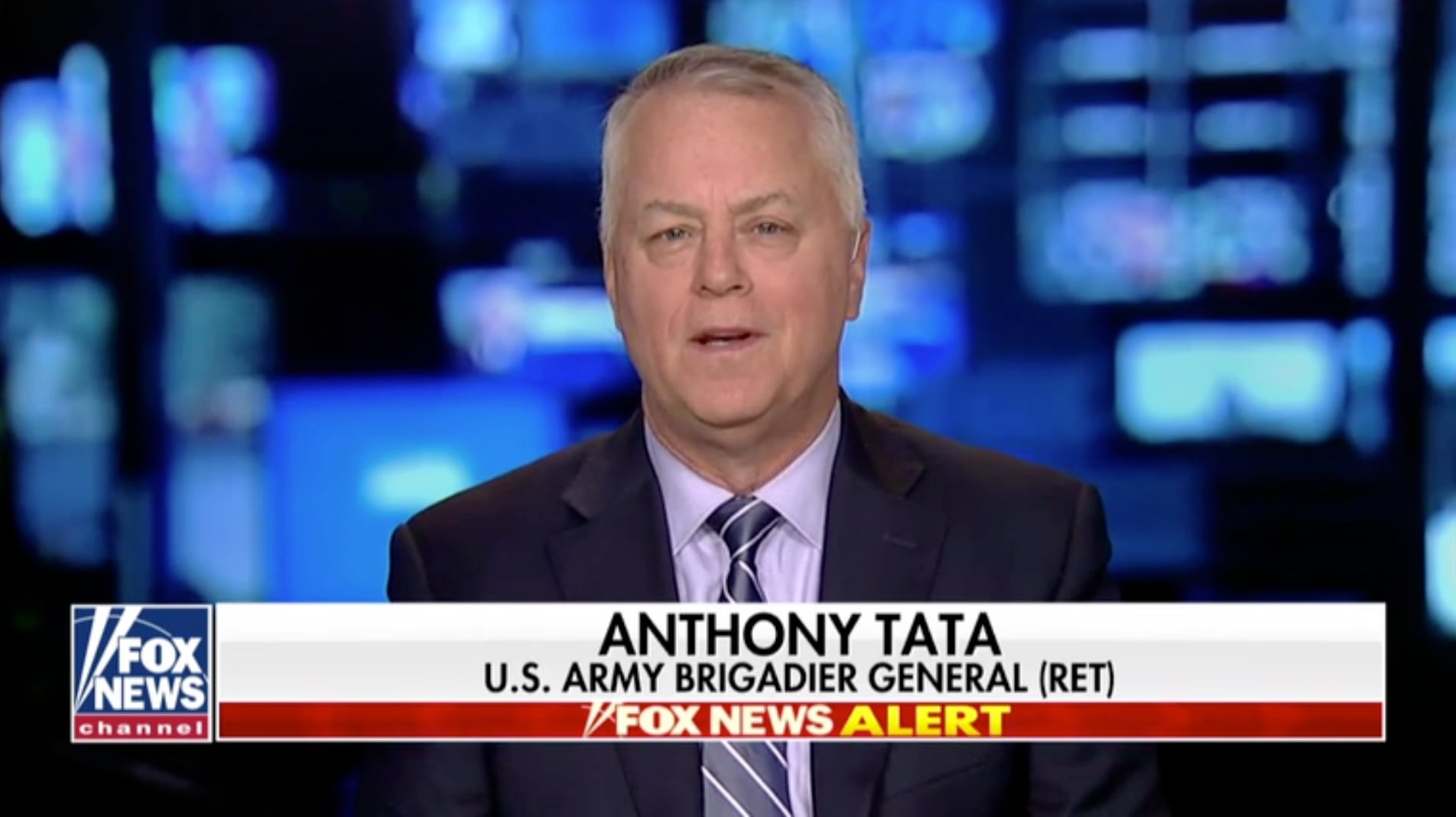Despite rapid advances in technologies, a complex set of threats from across the globe and the slog of counterinsurgency and counterterrorism warfare for the past two decades, Commandant Gen. Robert B. Neller sees a Marine Corps whose nature remains similar to what it was a century ago.
In what might be his final keynote at the Marine Corps Association and Foundation Ground Awards dinner recently, Neller went back to his early days as a young second lieutenant in 1976 reporting for duty with Lima Company, 3rd Battalion, 4th Marines, 3rd Marine Division.
Coming out of the haze of the Vietnam War, Neller recounted how key leaders stuck around to preserve and improve the Corps, and how the Corps evolved to modernize the Marine air ground task force concept.
He leaned on the Marines’ Hymn, of which all three verses were sung (per his recent order), noting that the verses spell out the Corps’ essence.
“First to fight, keep your honor clean, in every clime and place,” Neller said. “That’s what we’re about.”
Then he posed a rhetorical question, “Who are we?”
“I think we’re the same Marine Corps we were before,” Neller said. He rattled off accomplishments from World War I, small wars between then and World War II, the landing party development of amphibious doctrine.
RELATED

All of that to point to the law defining the Corps’ mission of seizing and securing advanced naval bases and conducting sustain operations ashore in support of the naval campaign.
He reiterated themes that have dominated his tenure since 2015, which will end on July 11. Adding more unmanned intelligence, surveillance and reconnaissance assets, continuing true naval integration, making hard choices on manpower, readiness and modernization balances.
And making trades on what the Marine Corps can do with the Marines it has.
“There are not going to be any more people, in my opinion,” Neller said.
The Corps has to be prepared for what’s coming both on the battlefield and in terms of funding for both the equipment and manpower it will have to meet those challenges.
But, he said, the core remains: Making Marines, training good leaders and putting them in the position to do their jobs.
And then he turned to congratulate the award winners from the ground combat element of the Marine Corps, which included:
- 1st Lt. Jeremy T. Ross, Sgt. Nicholas R. Matteson, Cpl. Samuel D. Campbell and Cpl. Johnny L. Jones Jr., a 2nd Tanks Battalion group who won tank crew of the year, the Tiger Competition Award, by placing first in the 15th annual TIGERCOMP at Wilcox Range on Fort Knox, Kentucky, by scoring 938 out of a possible 1,000 points.
- Staff Sgt. David Wood, 1st Marine Division Marine of the Year who led his team to win the super squad competition for the second time.
- Staff Sgt. Christopher M. Casilio, 2nd Marine Division Marine of the Year who conducted 20 visit, board, search and seizures, 12 amphibious assaults and six reconnaissance patrols, and coordinated breaching and sniper instruction as part of predeployment training for Operation Eagle Lion. Casilio is a team leader with 1st Platoon, 2nd Force Reconnaissance, at Camp Lejeune, North Carolina.
- Sgt. William Price, assigned to 3rd Reconnaissance Battalion, Okinawa, Japan, who conducted helicopter rope suspension master training along with parachute training and lead a platoon helocast event and 20 km rubber boat patrol along the Okinawan coast then transitioning to CAST master for the training event.
- Sgt. Brandon Ivey, who serves as the section chief of the Fire Direction Control Center with Fox Battery, 2nd Battalion, 14th Marines, Oklahoma City.
- Maj. Timothy E. Pease, who received the Col. Justin Marion “Jumping Joe” Chambers award for outstanding leadership by a company grade officer in the Marine Reserve component. Pease served as the acting officer on a rapid mission profile deployment of high mobility artillery rocket system on a C-130 deployment that moved the firing platform to a location 1,600 miles away and conducted operations in support of Task Force Southwest readiness in Afghanistan.
- Gunnery Sgt. David C. Nass, who received the Clyde A. Thomason Marine Special Operator of the Year Special Operations Command award. Nass lead teams on raids in Mosul, Iraq that resulted in the detention of a key ISIS leader, 13 objectives and more than 175 ISIS members in and around Mosul. He now serves as a critical skills instructor at Marine Raider Training Center.
- Capt. Owen Cahill, who received the Douglas A. Zembiec Award for outstanding leadership in the Marine Forces Special Operations Command. Cahill served in Task Force North, Joint Special Operations, for Operation Inherent Resolve and while leading joint combined special operations forces exposed himself to enemy fire to direct indirect fire on targets along the Iraq-Syria border. He is now the team commander of Marine Special Operations Team 8123.
- Chief Warrant Officer 3 James M. Hussey, who received the Marine Gunner Henry Lewis Hulbert Award for outstanding leadership by a Marine gunner. Hussey standardized live fire and non-live fire training at School of Infantry-West and introduced fragmentation grenade training profiles into 0311 rifleman battle training. He serves as the battalion gunner for Infantry Training Battalion, SOI West.
- Capt. Brian D. Coleman, who received the Lt. Col. William G. Leftwich Trophy for outstanding leadership. Coleman deployed with Task Force Southwest to Afghanistan. During a patrol a mine-sweeping vehicle struck and Improvised Explosive Device, receiving damage and wounding personnel. Coleman cleared a hasty landing zone and coordinated with the Quick Reaction Force to secure the area.
Todd South has written about crime, courts, government and the military for multiple publications since 2004 and was named a 2014 Pulitzer finalist for a co-written project on witness intimidation. Todd is a Marine veteran of the Iraq War.





